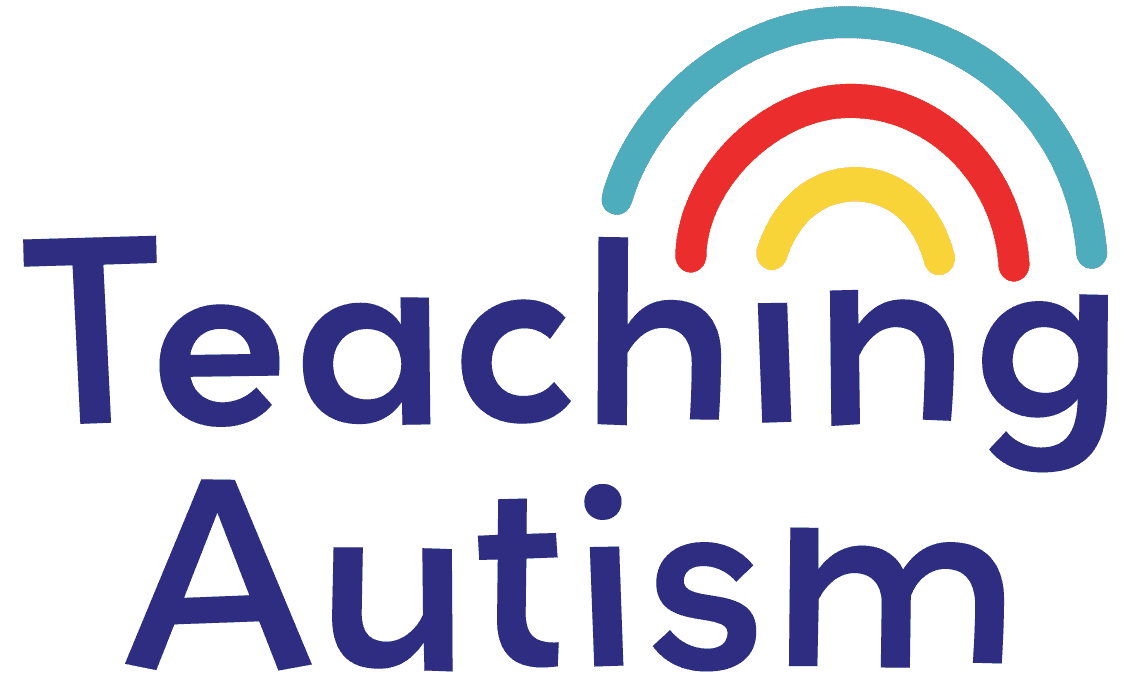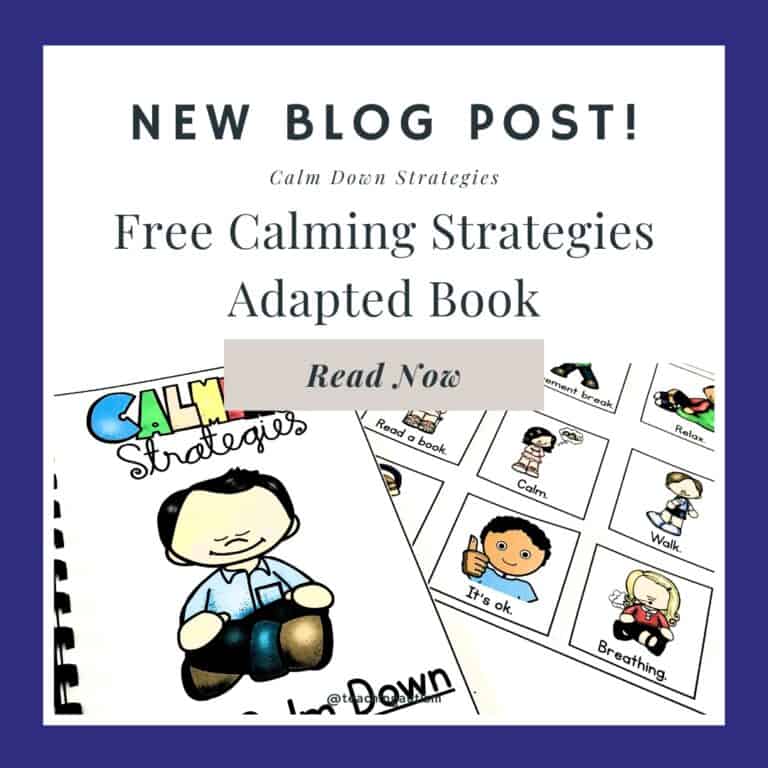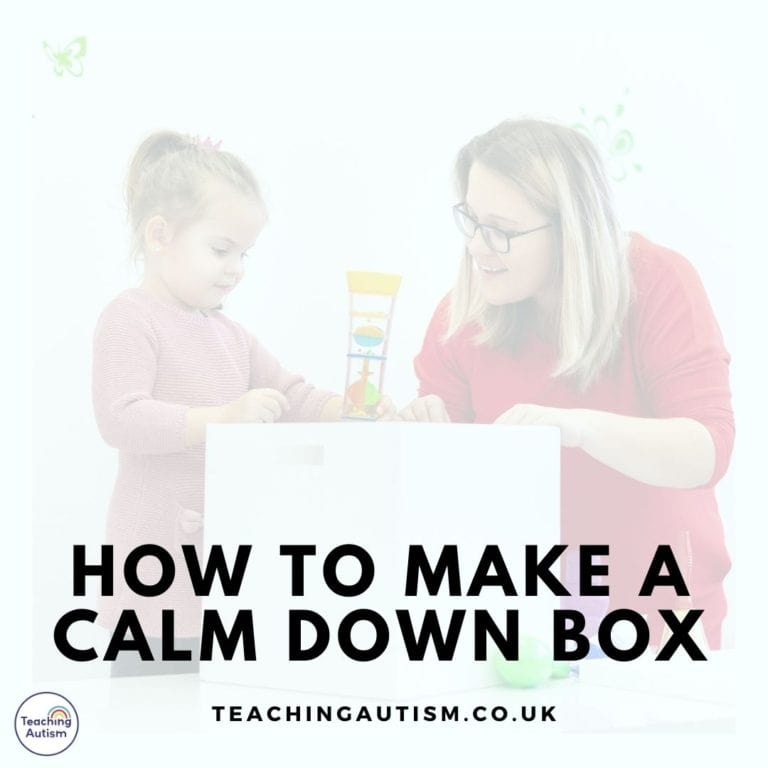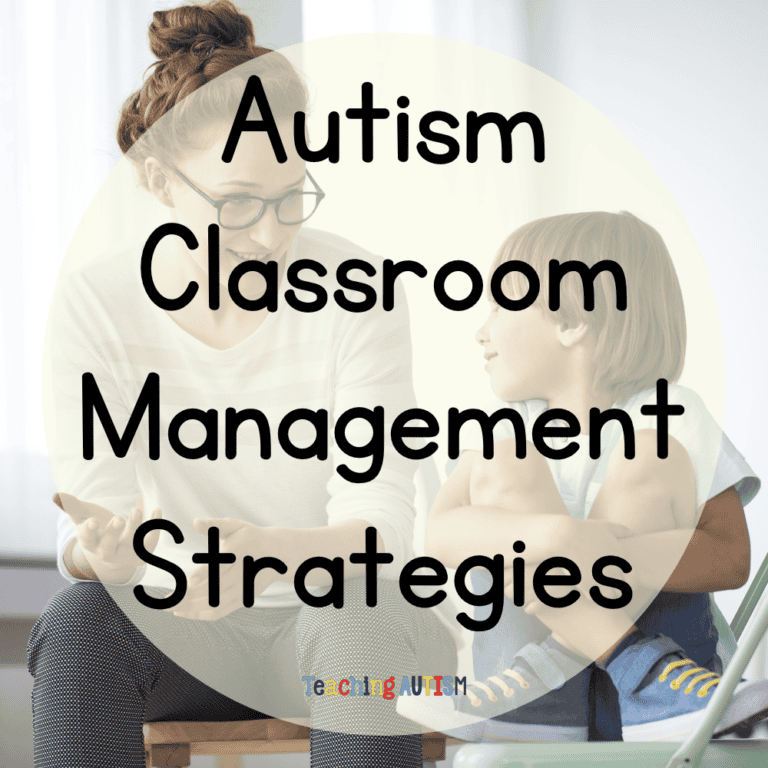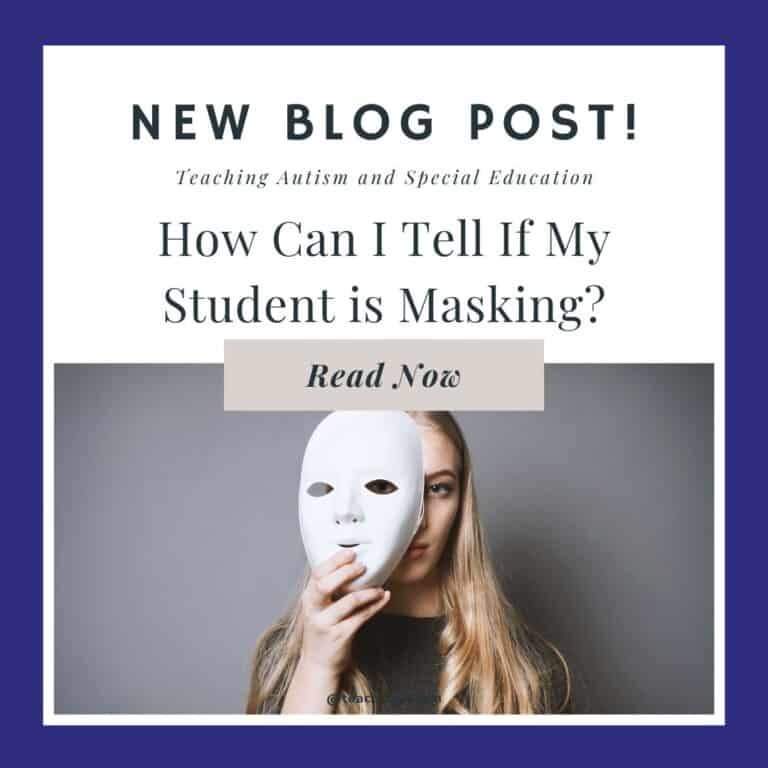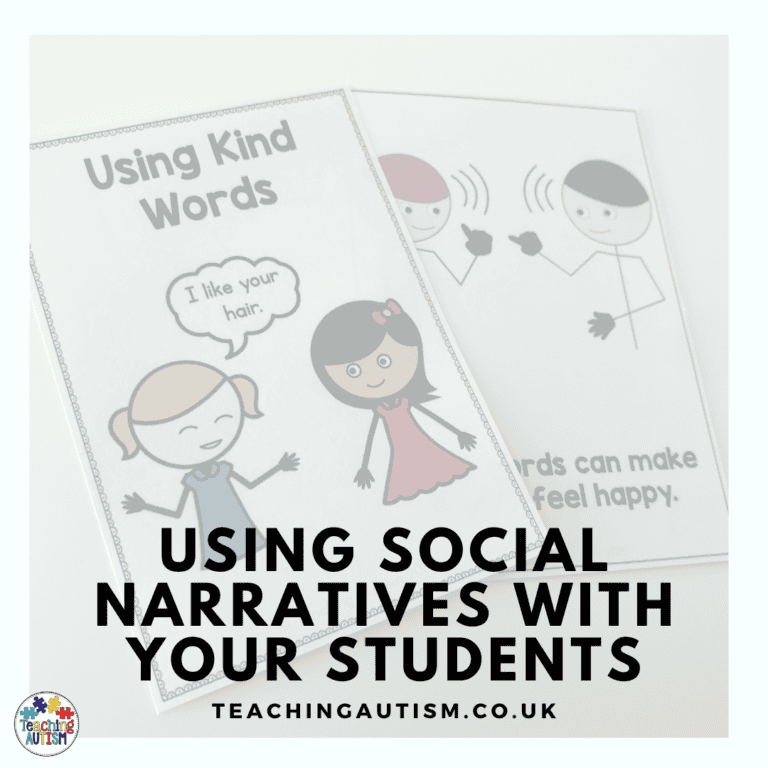What is Planned Ignoring?
Planned ignoring is quickly becoming one of the most popular choices when choosing behaviour strategies. If used correctly, planned ignoring can have great results. But what is it? When should we use it? Read on to find out more.
What is planned ignoring?
If you google planned ignoring you’ll find a lot of technical information about it. But, if you’re like me, you just want it straight to the point. So, basically, planned ignoring is exactly what it sounds like You have planned in advance what behaviours you are going to ignore, and when they present themselves – you ignore them! However, after using planned ignoring for many years, I think it’s really important that you don’t just totally ignore and forget about it – you use planned ignoring but provide the individual with preferable and more positive behaviours/opportunities in order to give the individual their end desire. This is a great way to replace negative behaviours with more positive behaviours.
When to use planned ignoring?
Have you identified specific behaviours with your child/student that are them seeking attention? One of the worst things you can do is give the child that attention that they are craving through the negative behaviour. But, don’t just ignore. Use positive reinforcement to give them that attention they crave – but on a more suitable basis.
For example
George is out with his mum shopping. His mum bumps into her friend and starts talking. George doesn’t want to stand talk so he starts to call his mum over and over, interrupting her conversation “mum”, “mum”, “mum”, pulling on her arm roughly and shaking her. When she doesn’t respond, he starts to cry, scream or drop himself to the floor.
Naturally, most parents would now end the conversation and go back to their child – giving them what they want – that attention. However, if the parent had continued her conversation, did not give eye contact or any attention and then finished when she wanted to – that would have avoided rewarding the negative behaviour. This is showing the child that their negative behaviour will not get them what they want. In the next shop, if George takes hold of his mums hand and shakes it to get her attention gently, she can respond with “That was really good, George! What do you want?” This has given George the attention he wants, after rewarding him for a more positive request.
Another example
Lily is non-verbal and she is watching her teacher play with another child. Lily wants to play too, so she starts to scream or shout at the teacher – moving into her face to shout. The teacher continues to play with the other child. She may pause slightly with the other child and wait for the child to request ‘more’ – this could be through a signal, symbol etc. The teacher can say “That was great! Let’s play again!” Thus modelling the good behaviour that will get the reaction that they desire. The teacher continues with the planned ignoring of Lily, but Lily isn’t understanding. Another member of staff comes behind her and puts a ‘play’ PECS symbol in her eyesight. Lily takes the PECS symbol and hands it to the teacher. The teacher turns around “Good job, Lily!” and plays with her.
If an individual is unable to change their behaviour, once they have calmed down, you can go through a social story with them, or show them what they can do, talk to them etc. It all depends on the individuals level of understanding and how you can help them understand what they can positively do to get your attention.
Be Consistent
It’s very important to ensure that you sit down together as a team and work on your planned ignoring techniques so that everyone is on the same page. For example, if John likes to pick his nose because he gets a reaction of a teacher going “Ew!!” that he finds funny, you have to make sure everyone is going to ignore this. If 4 teachers are using planned ignoring for the nose picking, but the 1 teacher is still giving him the “Ew!” reaction – it’s not going to work. It’s also important to liaise, and let others know about the planned ignoring if they are exposed to anyone else – i,e at home, day care, residential staff, lunch staff.
Other Students
You may be in a classroom where you have other students who are giving the one individual the reaction/attention that they crave. So, one of the most important things is to try and stop your other students giving that attention. Spend some time teaching your students to ‘ignore’ certain behaviours and to respond to ‘Come on, let’s just ignore that’ and encourage your students to ignore the behaviour with you and carry on with whatever they are doing.
The Behaviours Have INCREASED!
Sometimes, we do hear from other professionals that have started to implement thais strategy that the behaviours have increased. Don’t panic – and don’t give up. If you have been doing something for a long time and getting a certain reaction, then this reaction stops, what are you going to do? You’re probably going to escalate those behaviours to see if you get your reaction.
For example
Johnny gets up from his work desk and kicks the door to go outside over and over, the teacher opens the door and he gets to go outside. Today, we are starting planned ignoring. Johnny gets up from his work desk and kicks the door, over and over. The teacher ignores it, even looking in another direction (always keep the corner of your eye on them) or taps their work. Johnny is confused – “Why isn’t she opening the door?” – so he kicks louder. The teacher still doesn’t respond, so he starts to scream while kicking. The teacher continues to use planned ignoring. This may then escalate further – you could step in and point or tap to his work on the table. You can also have a symbol that you push towards the end of the table for him to see ‘First Work, Then Outside’
In this situation, planned ignoring is still new and it may take ages for your student to come back to the work desk – or he may not even return. That’s ok – just don’t give in, stay consistent. If you’re getting worn out, swap with another member of staff – make sure they’re using the strategy like you. Once the student stops getting that reaction, they’re going to look for other ways to get what they want. Provide that option “Johnny, if you finish this work, you can go outside.” Once Johnny completes his work, direct him to his door to go outside – you’ve given him what he wants – but you’ve had a more positive behaviour experience to reward him with.
When Should I NOT Use Planned Ignoring?
So, there’s no real right or wrong. Each child is completely different to the next and it’s important that you think about that individual child, in that situation. Here’s two examples for you to think about who you would and wouldn’t use planned ignoring with.
The class are out on a school trip at a supermarket. There are 6 children and 5 members of staff, all are diagnosed with autism. One of the children, Greg, is a runner. He wants ice cream, when staff tell him we need to get bread first, he screams and runs off. Greg is known for continuously running and not stopping or looking back.
Would you use planned ignoring for this behaviour?
Your answer should be no. You don’t know where Greg is going to run to – or who he is going to run to. Be sure to follow him and bring him back to the group. Use other behaviour strategies that work well – there’s never just going to be 1 behaviour strategy that you use. Use your visuals, talking, social stories etc.
The same class are out on a school trip. Carly is known for not accepting the word ‘no’ and she will walk off. However, Carly is nervous and although she will walk off, she will still stay close to the group, just turning her back to you. Staff will often see her looking over her shoulder though and will follow the group, she just won’t make eye contact or engage. If you talk to her she’ll scream, shout or try to make a scene.
Would you use planned ignoring for this behaviour?
This one is more personal opinion. If I know the student is going to follow us as a group and the danger risks are minimal I would use planned ignoring. If engaging with her is making her angrier – it’s not worth it. You could potentially cause more of a risk to her safety by engaging and making her worse rather than using planned ignoring. However, that’s not to stop you trying to re-engage her in other ways. For example, you could get to the cake section and do the following. “Wow, look at these cakes! Who wants to take a cake back to school?” “Jacob’s chosen a red cake!” “Jasmin has chosen a biscuit”, “Does anyone else want anything?” “Hey, Carly, do you want anything?”
Carly may continue to scream/shout at you trying to engage her, and she may not respond well if you call her name, so think of other ways. You can silently offer her two different cake choices. Or, if she’s adamant, move on without it. She may either regret her decision and quickly, silently grab one. Or she’ll go without. This is ok – and it’s her choice.
Once Carly has finished her behaviours and tries to re-engage, try not to go over the situation again. Just try to re-engage Carly in the fun of shopping and keep her mood upbeat.
